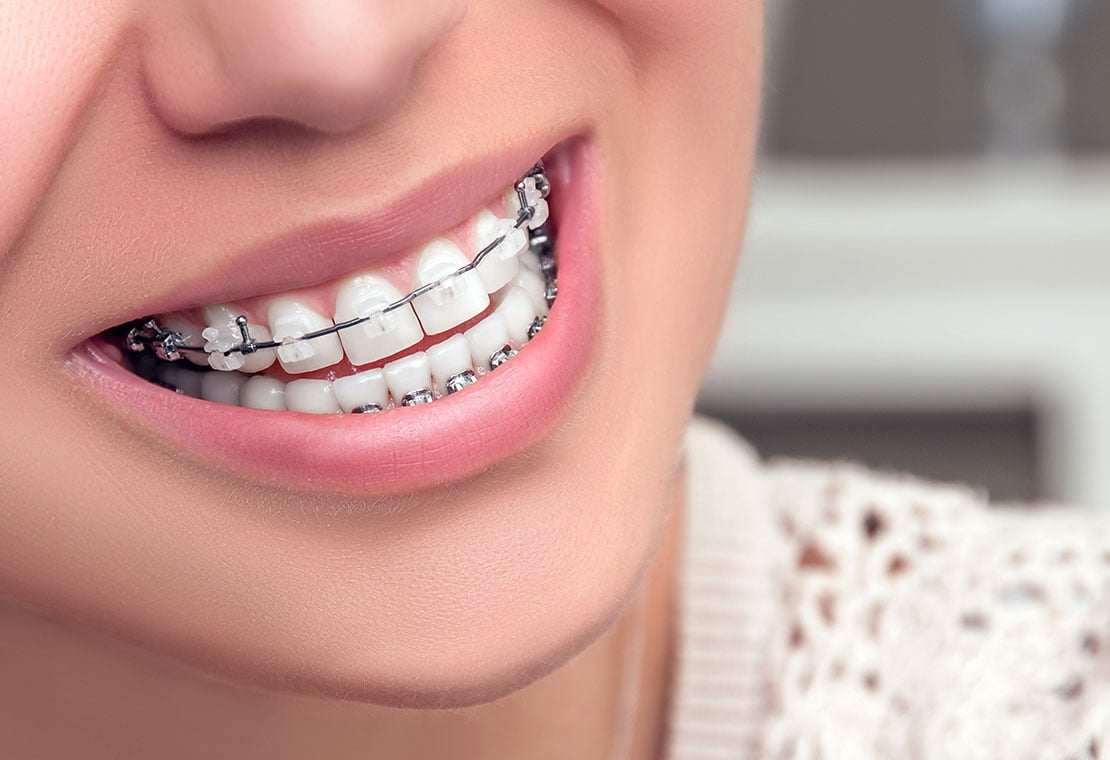Orthodontic treatment plays a crucial role in improving dental health and enhancing the aesthetics of a person’s smile. This article explores the various aspects of orthodontic treatment, including the types of dental issues addressed, the process of treatment, common appliances used, potential challenges, and the benefits of undergoing orthodontic care.
What Does Orthodontic Treatment Involve?
1. Common Dental Issues Addressed by Orthodontics
Orthodontic treatment is typically recommended to correct the following dental issues:
Malocclusions: This refers to misaligned teeth or jaws, including overbites, underbites, crossbites, and open bites.
Crowded Teeth: When there is insufficient space in the jaw for all teeth to fit properly, causing them to overlap or twist.
Spacing Issues: Gaps or spaces between teeth due to missing teeth or abnormal growth of the jaw.
Protruding Teeth: Teeth that stick out excessively, impacting the bite and aesthetics of the smile.
SEE ALSO: Is it Better to Wear Braces Early or Late?
2. Initial Consultation and Treatment Planning
The journey of orthodontic treatment typically begins with an initial consultation with an orthodontist, a dental specialist trained in diagnosing and treating malocclusions. During this consultation, the orthodontist will:
Perform a Comprehensive Examination: This includes a physical examination of the teeth, jaws, and facial structure, as well as taking X-rays, photographs, and impressions of the teeth.
Discuss Treatment Goals: The orthodontist will discuss the patient’s concerns, treatment goals, and expectations from orthodontic treatment.
Develop a Treatment Plan: Based on the examination findings, the orthodontist will develop a customized treatment plan outlining the recommended procedures, estimated duration of treatment, and anticipated outcomes.
3. Types of Orthodontic Appliances
Orthodontic treatment may involve the use of various appliances designed to gradually move teeth into their desired positions. Some common types of orthodontic appliances include:
Traditional Braces: These consist of metal brackets bonded to the front surface of the teeth, connected by archwires and secured with elastic bands. Braces apply gentle pressure to shift teeth over time.
Ceramic Braces: Similar to traditional braces but made from tooth-colored or clear materials, making them less noticeable.
Clear Aligners (e.g., Invisalign): Custom-made, removable aligners made from clear plastic that gradually move teeth into alignment.
Aligners are worn for about 20-22 hours a day and changed every few weeks.
Lingual Braces: These braces are attached to the back surface of the teeth, making them less visible but equally effective as traditional braces.
4. Orthodontic Treatment Process
Once the treatment plan is finalized, orthodontic treatment typically progresses through the following stages:
Placement of Appliances: Depending on the chosen treatment method, appliances such as braces or clear aligners are placed on the teeth.
Regular Adjustments: Patients visit the orthodontist periodically (usually every 4-8 weeks) for adjustments, where the appliances are tightened or changed to continue the movement of teeth.
Monitoring Progress: Throughout the treatment period, the orthodontist monitors the progress of tooth movement and makes necessary adjustments to ensure optimal results.
Retention Phase: After active treatment, a retention phase follows to maintain the new position of the teeth. Retainers (removable or fixed) are often prescribed to prevent teeth from shifting back to their original positions.
5. Challenges and Considerations
Orthodontic treatment can involve some challenges and considerations, including:
Discomfort: Initial soreness and discomfort may occur after the placement of appliances or adjustments, which typically subsides within a few days.
Dietary Restrictions: Patients may need to avoid certain foods that could damage braces or aligners, such as hard candies, sticky foods, or chewing gum.
Compliance: Successful treatment outcomes depend on patient compliance with wearing aligners as instructed or maintaining good oral hygiene practices.
6. Benefits of Orthodontic Treatment
Undergoing orthodontic treatment offers numerous benefits beyond cosmetic improvements, including:
Improved Oral Health: Properly aligned teeth are easier to clean, reducing the risk of tooth decay, gum disease, and related oral health problems.
Enhanced Function: Correcting malocclusions improves bite function, making it easier to chew food and speak clearly.
Boosted Self-confidence: A straighter smile can enhance self-esteem and overall confidence in social and professional setings.
Long-term Dental Health: Addressing dental issues early through orthodontic treatment can prevent more extensive dental problems in the future.
Conclusion
Orthodontic treatment is a valuable investment in dental health and aesthetics, providing solutions for correcting misaligned teeth and jaws. The process involves careful planning, customized treatment approaches, and ongoing monitoring to achieve desired outcomes. Patients considering orthodontic treatment should consult with a qualified orthodontist to discuss treatment options, costs, and expected results based on their individual needs.

